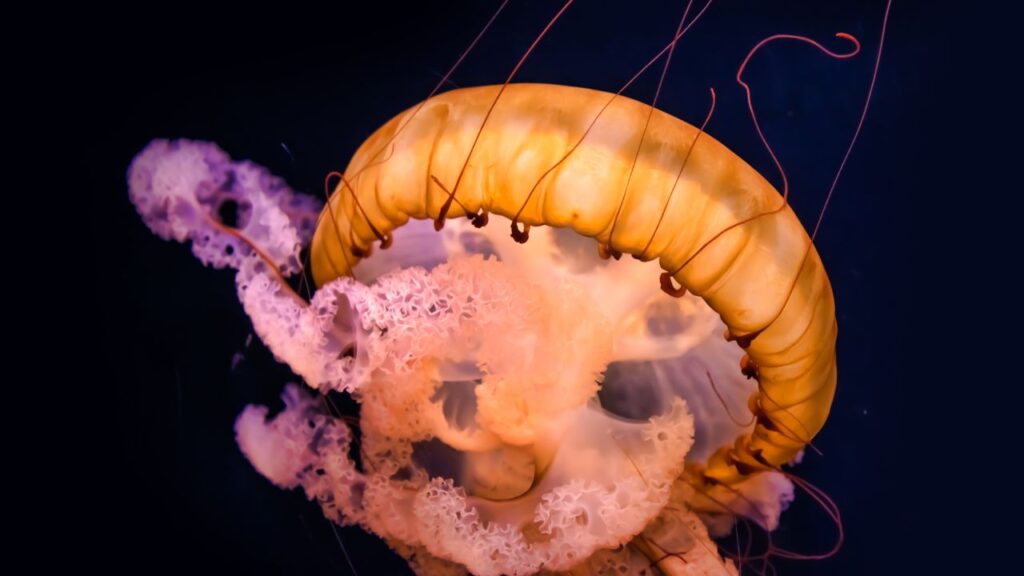The natural world is full of wonders, and one of the most remarkable phenomena is the migration of animals. These incredible journeys, often spanning thousands of miles, are a testament to the resilience and adaptability of wildlife. For our mature audience, these stories of endurance and survival in the animal kingdom are not only awe-inspiring but also a poignant reminder of the intricate balances in nature. Let’s explore 15 astonishing animal migrations and the extraordinary lengths these creatures go to for survival.
1. Monarch Butterfly
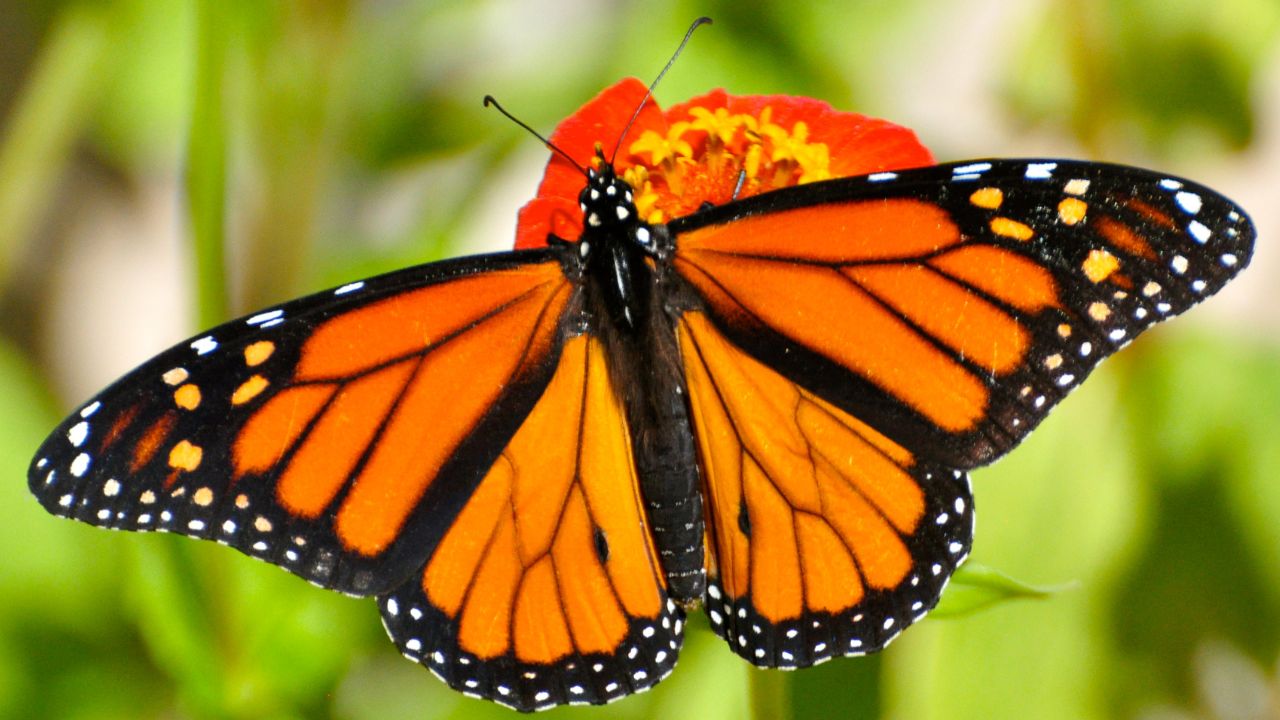
Each year, Monarch butterflies embark on a phenomenal journey, migrating up to 3,000 miles from the cooler regions of North America to the warmer environments in Mexico. This migration is unique as it involves multiple generations of butterflies; no single butterfly lives to make the entire round trip. The butterflies use a combination of environmental cues and an innate internal compass to navigate, making their journey one of the most extraordinary natural phenomena in the insect world.
2. Arctic Terns
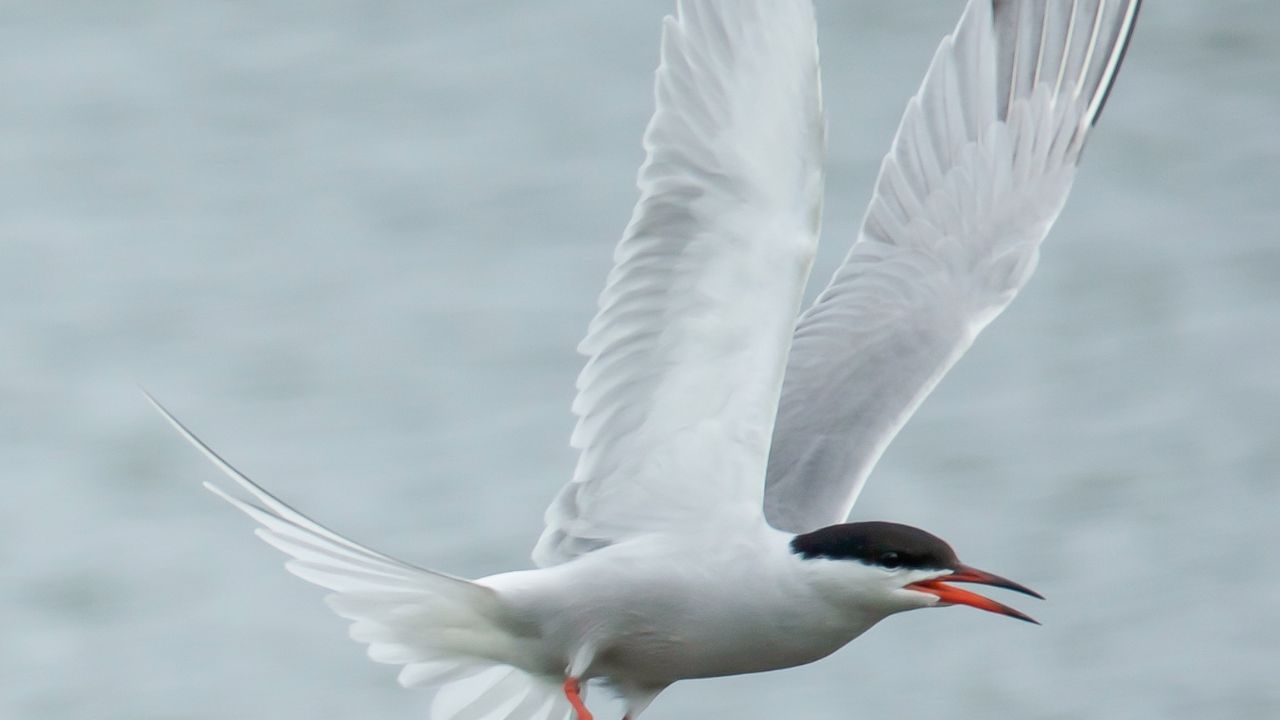
Arctic terns are the champions of long-distance migration, covering an incredible 25,000 miles annually. They migrate from their breeding grounds in the Arctic all the way to the Antarctic and back again. This extensive journey means that throughout their lifetime, these birds travel a distance equivalent to flying to the moon and back, showcasing an incredible feat of endurance and precise navigation. Their migration is a testament to their remarkable adaptability and survival instincts.
3. Wildebeest
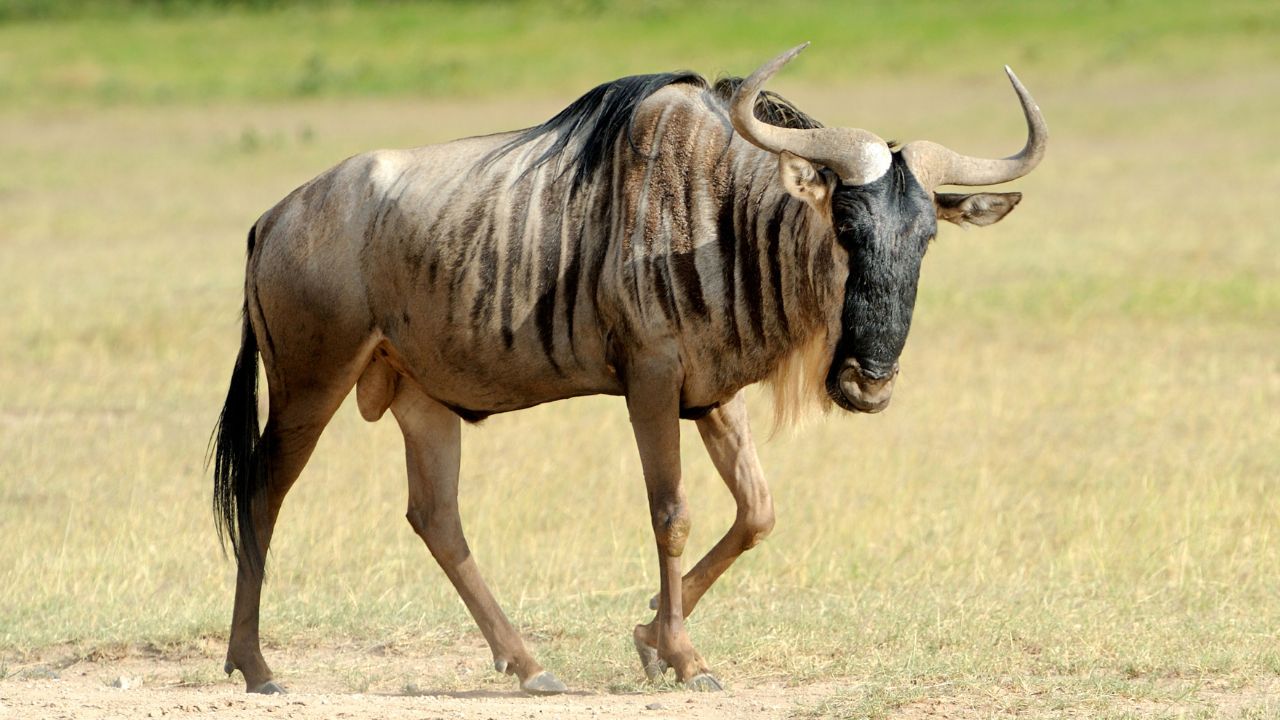
The annual migration of over 1.5 million wildebeest across the vast plains of the Serengeti and Maasai Mara is a breathtaking spectacle. Covering a distance of over 1,800 miles, this journey is one of the largest terrestrial migrations. The wildebeest traverse challenging terrains, facing threats from predators and crossing perilous rivers in search of fresh pastures and water. This migration plays a crucial role in the Serengeti ecosystem, reflecting the profound interdependence of wildlife and environment.
4. Humpback Whales
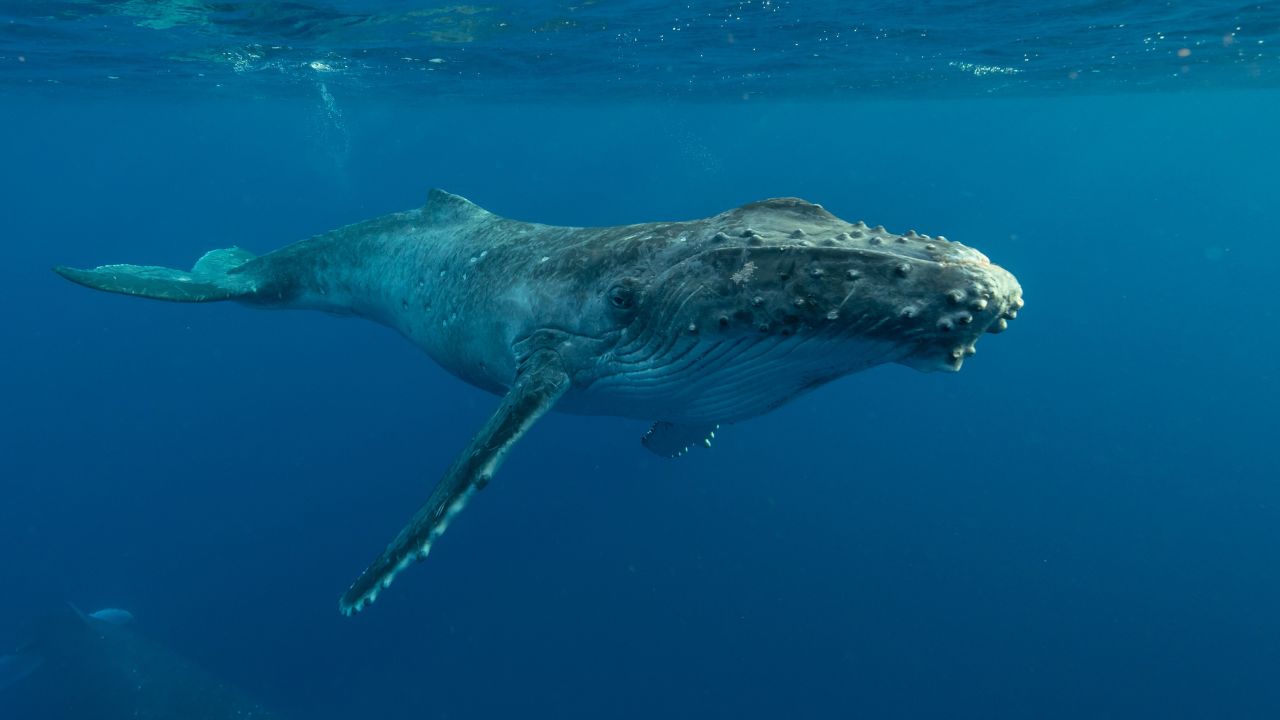
Humpback whales undertake a monumental migration, one of the longest in the mammalian world, traveling up to 5,000 miles. Their journey spans from feeding areas in cold polar waters to warmer equatorial breeding grounds. This annual migration is driven primarily by the need to give birth in warmer climates, where their newborn calves are more likely to thrive. The humpback whale’s migration highlights the remarkable instincts and resilience of marine mammals in their quest for survival.
5. Caribou
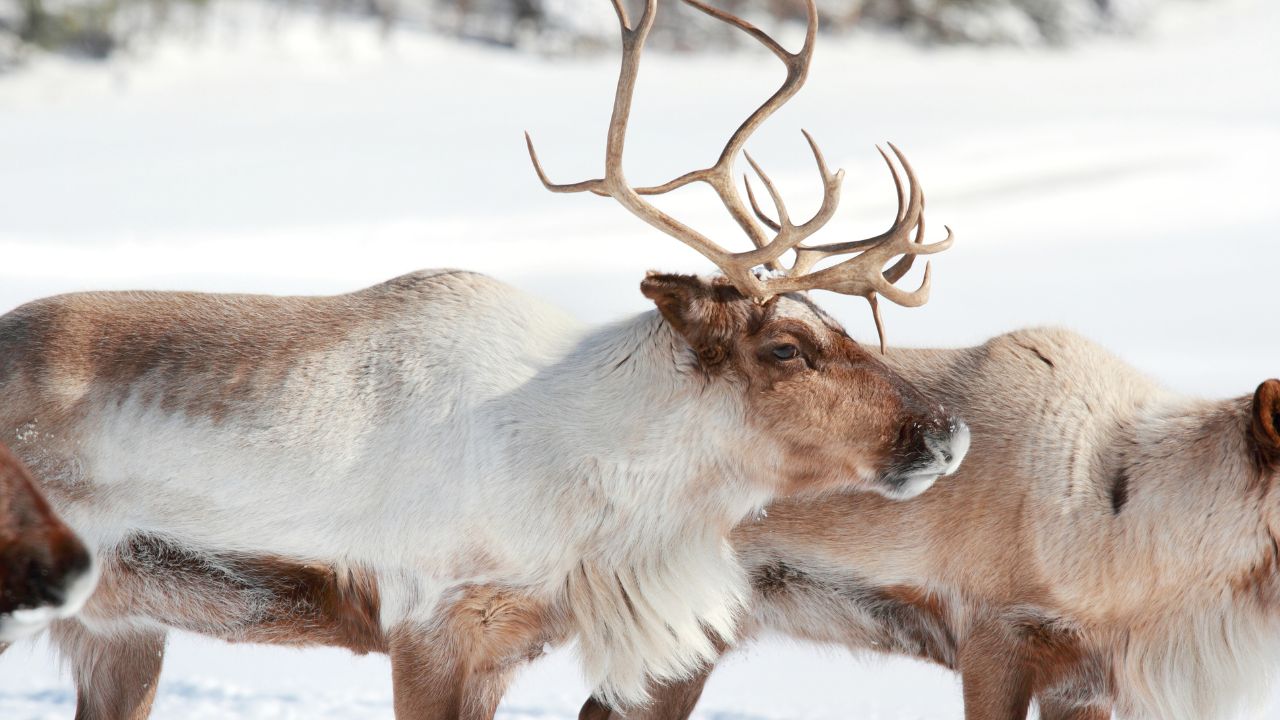
Caribou, known in some regions as reindeer, engage in one of the most extensive land migrations seen in the animal kingdom. North American herds travel up to 3,000 miles each year, moving between their wintering grounds and summer feeding territories. This arduous journey is essential for their survival, allowing them to access food and evade predators. The caribou’s migration is a striking example of nature’s rhythm and the species’ incredible endurance and adaptability.
6. Salmon

The migration of salmon is an astonishing example of nature’s lifecycle. These fish embark on an arduous journey, traveling from the ocean back to the exact freshwater rivers where they were born, to spawn their offspring. Facing formidable challenges such as navigating dams and evading predators, some species journey over 900 miles upstream. This remarkable homing instinct, coupled with the fact that most salmon perish after spawning, highlights both the resilience and the fragility of the natural world.
7. Elephant Seals
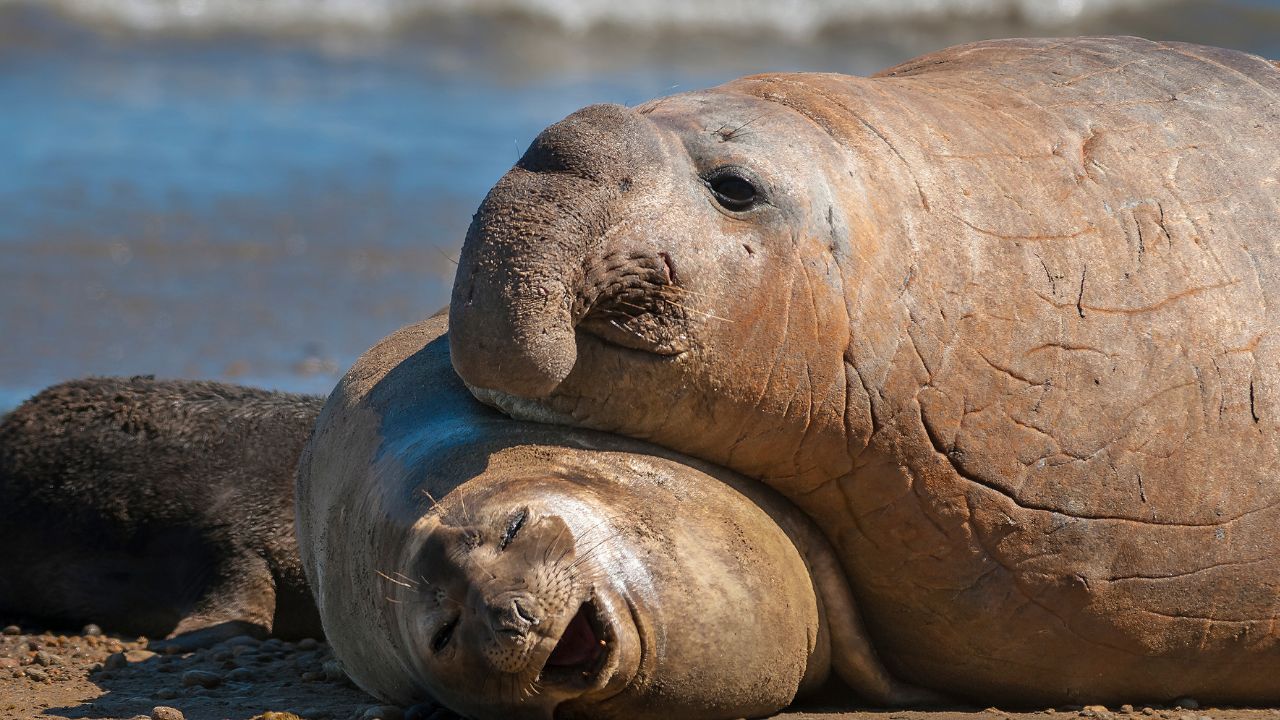
Elephant seals partake in one of the most extensive marine migrations, traversing over 13,000 miles through the ocean. These mammoth creatures dive into the depths of the ocean, enduring extreme pressures and cold temperatures in search of food. Their migratory behavior is a powerful display of adaptation and resilience, showcasing their ability to thrive in some of the most challenging conditions found in the natural world.
8. Swallows
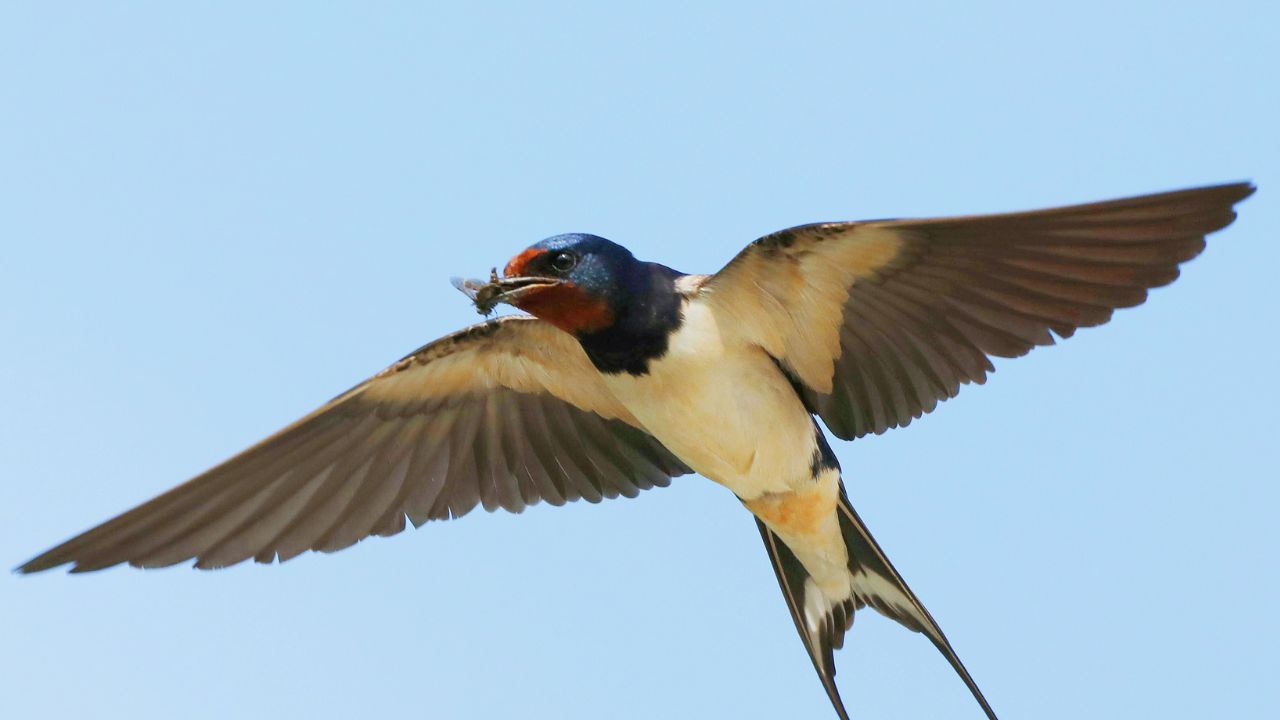
Swallows embark on a remarkable journey each year, migrating thousands of miles from Europe to Africa. These small birds are known for their endurance and resilience, navigating vast distances and facing numerous challenges such as climatic changes and shifting habitats. Their migration is not only a testament to their survival instincts but also a poignant symbol of the changing seasons, marking the passage of time in the natural world.
9. Sea Turtles

Sea turtles undertake incredible migrations, a critical part of their life cycle. Species like loggerheads, leatherbacks, and green turtles travel vast distances between their feeding areas and nesting beaches. Some journey thousands of miles, driven by a deep-rooted instinct to return to the beaches where they were hatched. These migrations are essential for the survival of their species but are increasingly threatened by human activities and the impacts of climate change, highlighting the need for conservation efforts.
10. Dragonflies
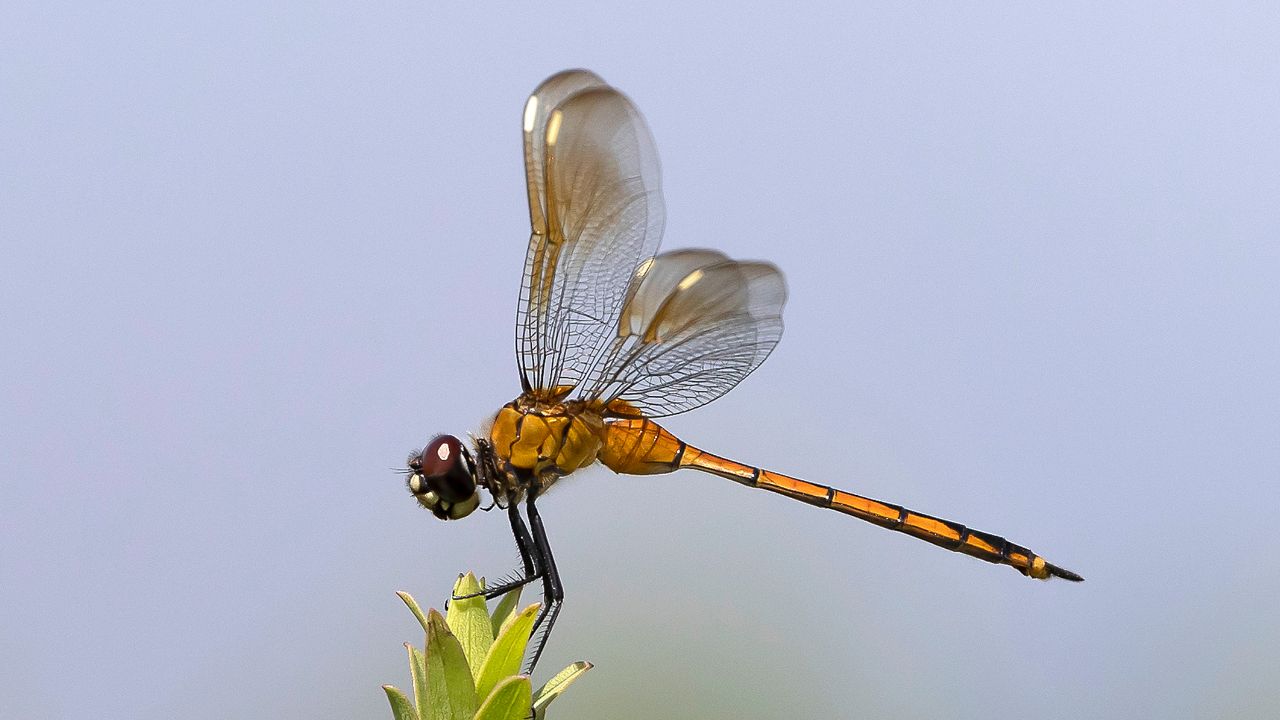
Globe skimmer dragonflies perform one of the most astounding migrations of any insect, covering thousands of miles across oceans and continents. These small, agile insects demonstrate remarkable endurance and navigational skills, crossing vast expanses of water like the Indian Ocean. Their transoceanic journey is a remarkable feat, showcasing the extraordinary capabilities of these insects and the mysteries of migration that continue to intrigue and inspire scientists and nature enthusiasts alike.
11. Gray Whales
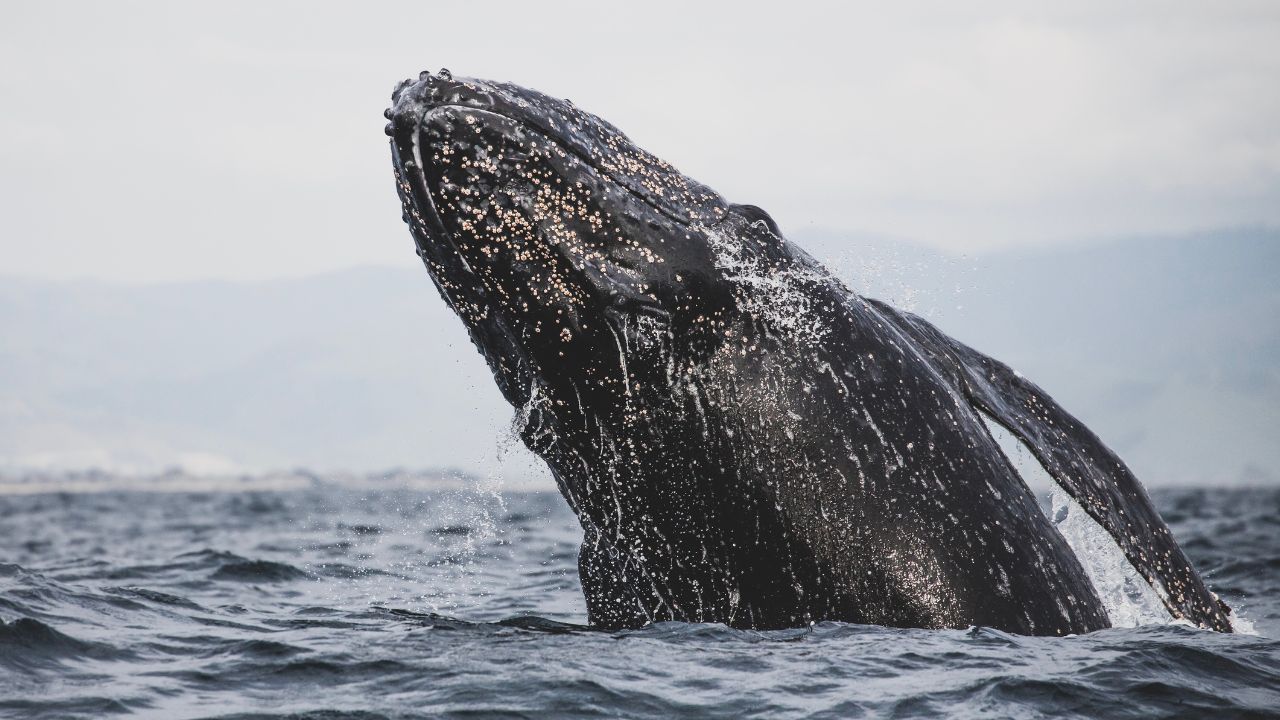
Gray whales partake in one of the most extensive migratory journeys in the marine world, traveling approximately 12,000 miles from the Arctic seas to the warmer breeding grounds of Baja California and back. This remarkable journey is crucial for their breeding and calving cycles. Along their route, gray whales face numerous challenges, including natural predators like orcas and various human-induced threats such as ship strikes and entanglement in fishing gear. Their migration is a key aspect of their life cycle and a spectacle of endurance and survival in the marine ecosystem.
12. African Elephants
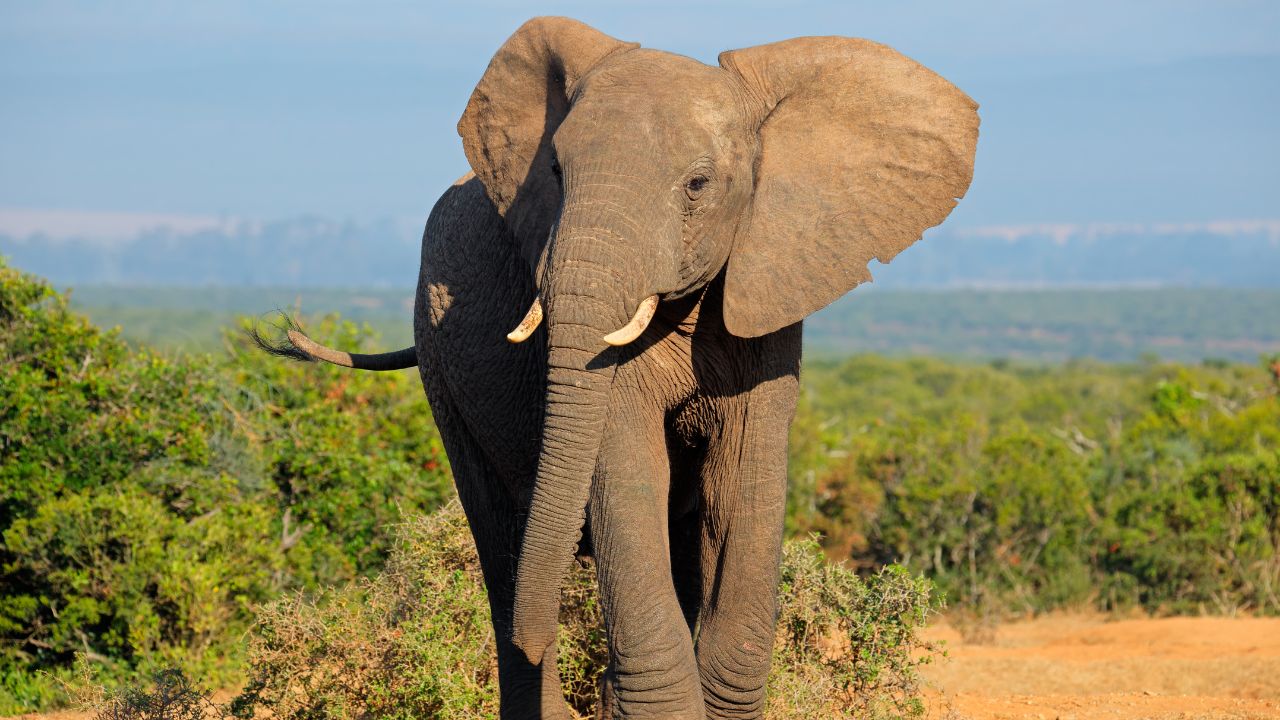
African elephants, particularly those in the Serengeti and Mara ecosystems, engage in significant seasonal migrations in search of food and water. These migrations can span hundreds of miles and are vital for their survival. Along their journey, elephants face serious threats like poaching and habitat loss, which have significant implications for their populations. Their movements play a crucial role in shaping the African savanna, as they disperse seeds and create pathways used by other animals, thus maintaining the health and balance of the ecosystem.
13. European Storks

European storks embark on an impressive annual migration, traveling thousands of miles from Europe to Africa. These majestic birds symbolize rebirth and renewal, and their migration is celebrated across many cultures. The journey they undertake is a striking example of avian endurance and navigation ability. They traverse various countries, facing challenges such as changes in climate and habitat loss. Their migration is not only a natural wonder but also a significant event that highlights the interconnectedness of ecosystems across continents.
14. Painted Lady Butterflies
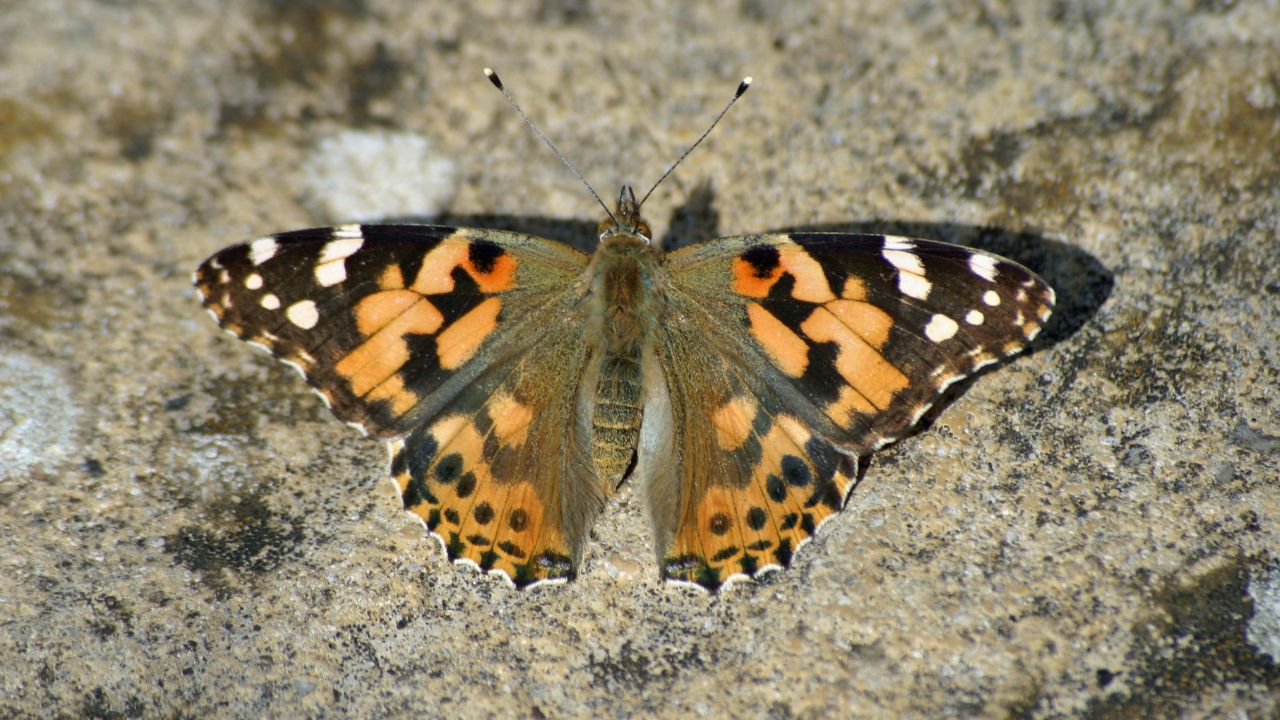
Painted lady butterflies undergo one of the longest migrations of any insect species, covering an astonishing distance of over 7,500 miles from Europe to Africa. Remarkably, unlike the multi-generational migration of monarch butterflies, painted ladies can complete this journey within a single generation. Their migration, though less known than that of the monarchs, is equally impressive, showcasing the resilience and adaptability of these delicate insects. It’s a journey that crosses diverse landscapes and climates, highlighting the remarkable capabilities of these small but hardy creatures.
15. Golden Jellyfish
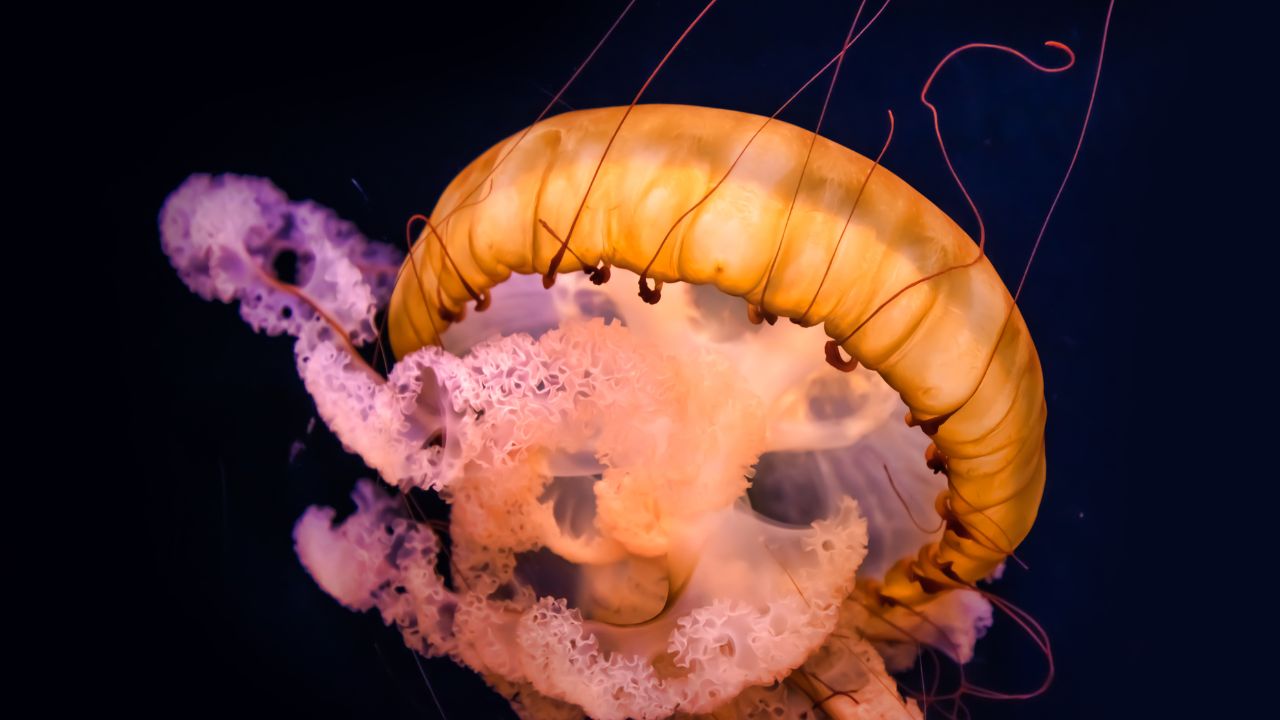
The golden jelly of Palau’s Jellyfish Lake exhibit a unique and fascinating daily migration. Unlike long-distance migrators, these jellyfish move horizontally across the lake following the sun’s path to optimize the sunlight exposure necessary for the algae living symbiotically within their tissues. This daily movement, while not covering vast distances, is an extraordinary example of symbiosis in nature. The jellyfish and the algae depend on each other for survival, demonstrating the intricate and delicate balances within ecosystems.
Becky is a fervent wildlife enthusiast and pet care expert with a diploma in canine nutrition. Her love for animals stretches beyond the domestic, embracing the wild tapestry of global fauna. With over a decade of experience in animal welfare, Becky lends her expertise to OutlandishOwl through insightful articles, captivating wildlife information, and invaluable guidance on pet nutrition. Her work embodies a deep commitment to understanding the intricate lives of animals and a passion for educating others on sustaining natural habitats. Becky's hands-on conservation efforts and her knack for translating complex dietary science into practical pet feeding tips make her an indispensable voice for creatures great and small.

